US PMI Manufacturing rose to 60.6 in April, up from 59.1. PMI Services rose to 63.1, up from 60.4. PMI Composite Rose to 62.2, up from 59.7. All three indices were at their record highs.
Chris Williamson, Chief Business Economist at IHS Markit, said:
“The US economy is enjoying a strong start to the second quarter, firing on all cylinders as loosening virus restrictions, an impressive vaccine roll-out, a brighter outlook and stimulus measures all helped boost demand.
“The upturn is broad-based: the service sector is growing at the fastest rate recorded in almost 12 years of survey history, and manufacturers reported one of the strongest expansions seen over the past seven years. The latter was all the more impressive, as factories continued to be throttled by unprecedented supply chain delays, a consequence of which was a further steep rise in prices.
“The worsening supply situation is a concern for the outlook, especially in relation to prices. Supply needs to improve to come into line with demand. But with record supply chain delays driving a rise in backlogs of uncompleted work of a magnitude not surpassed for over seven years, firms appear to be struggling to boost operating capacity in the near-term.”
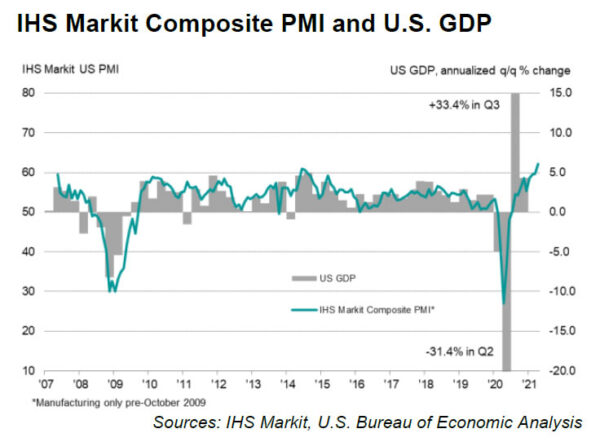
Full release here.




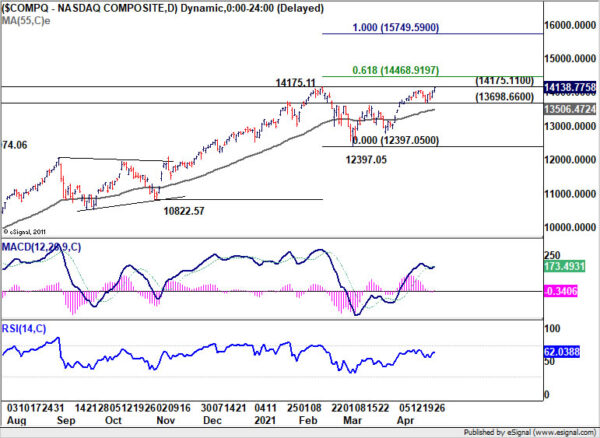
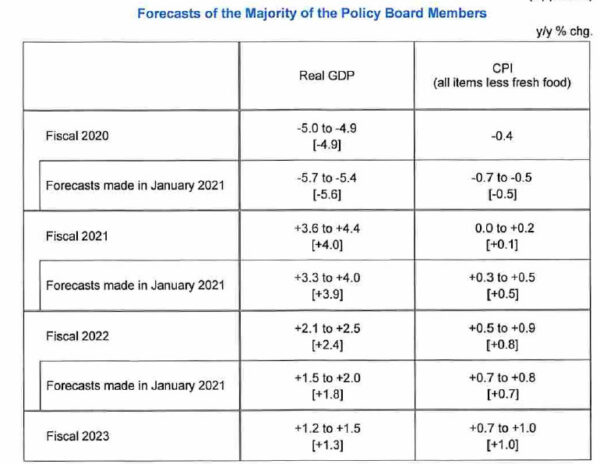
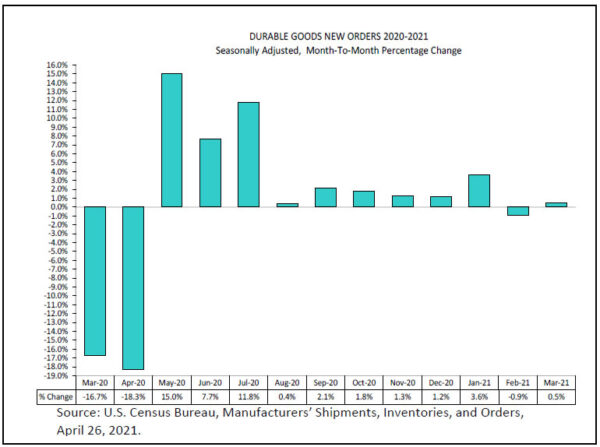
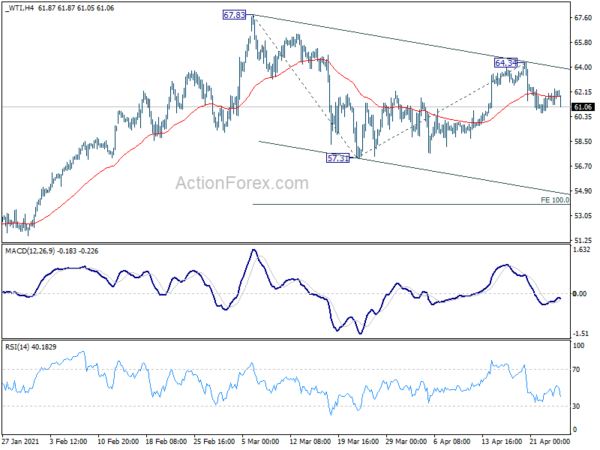
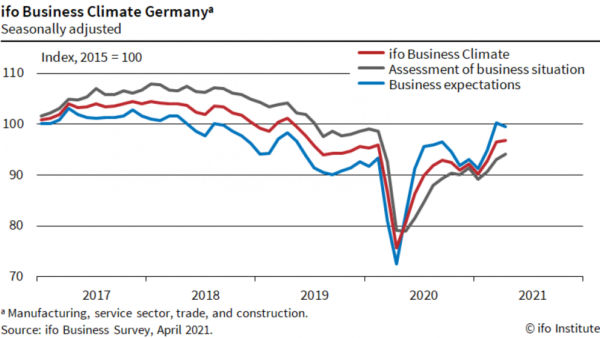
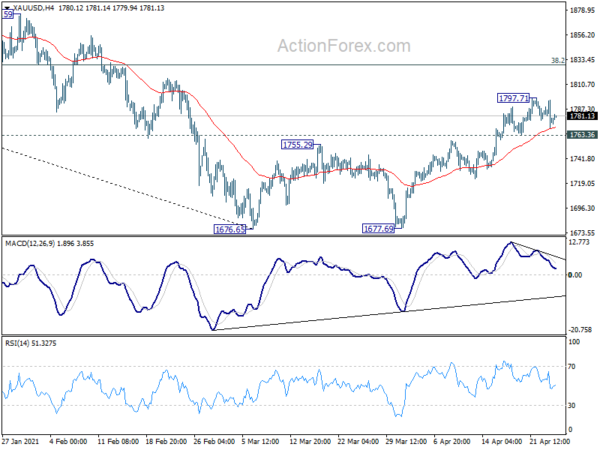
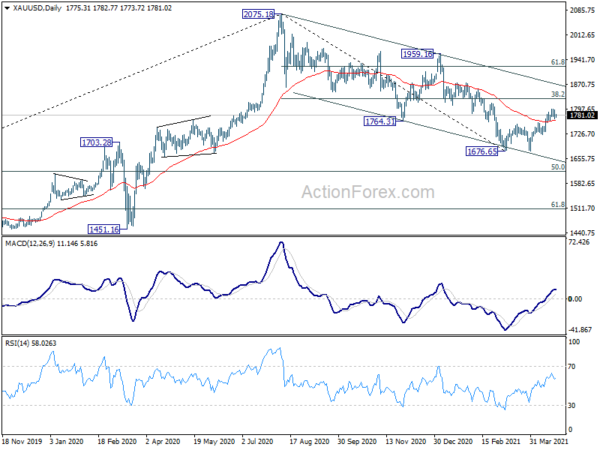

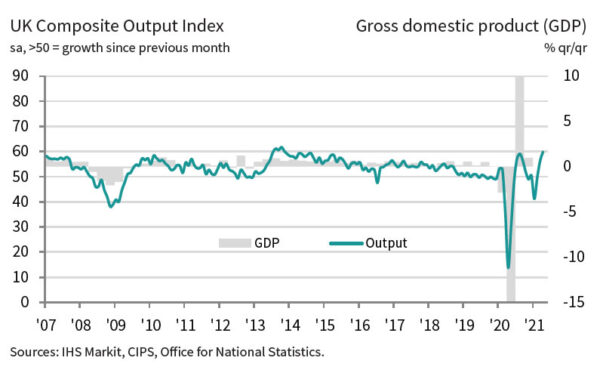
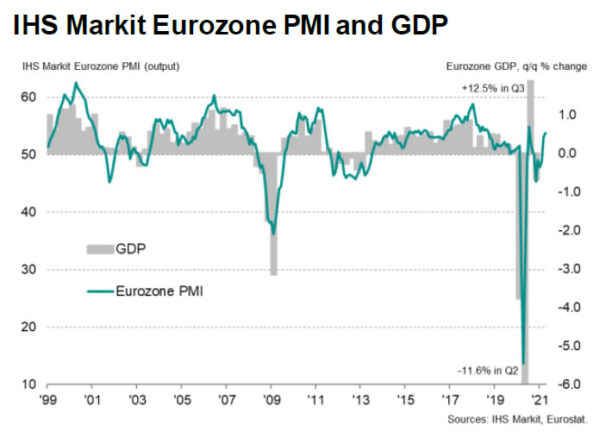
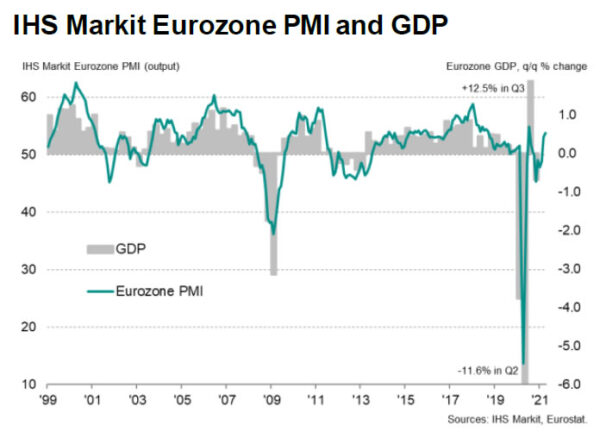
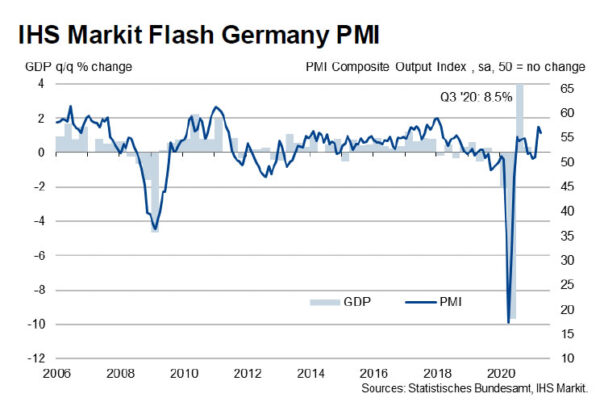
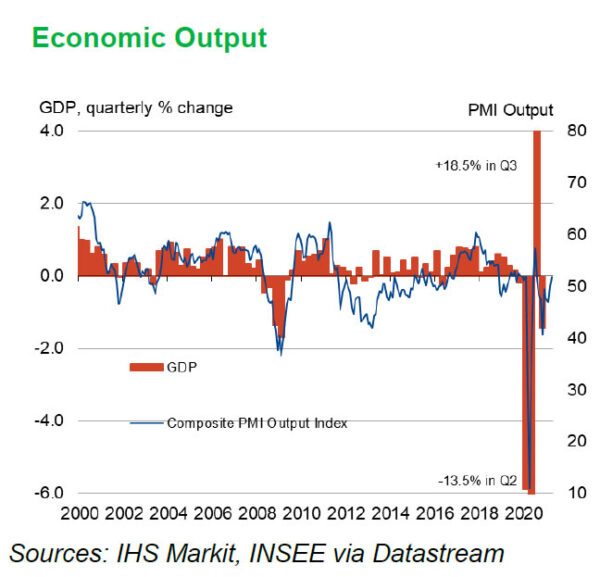
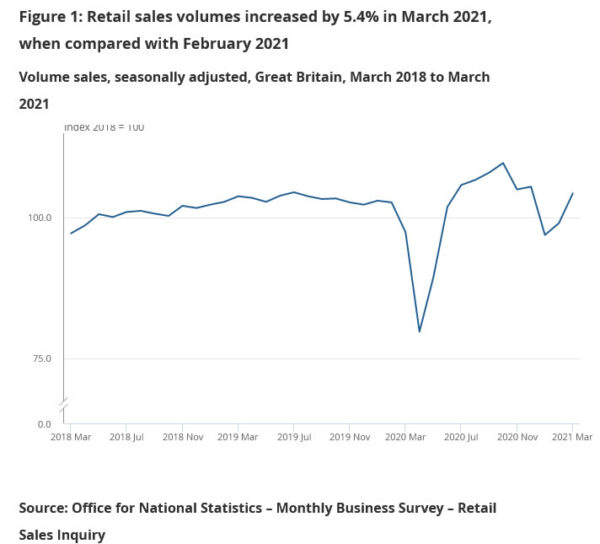
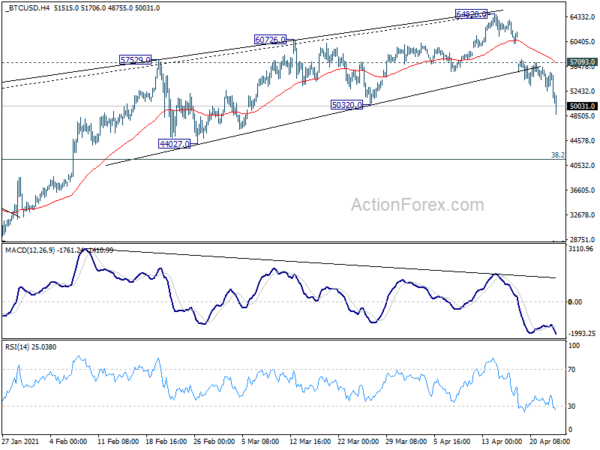
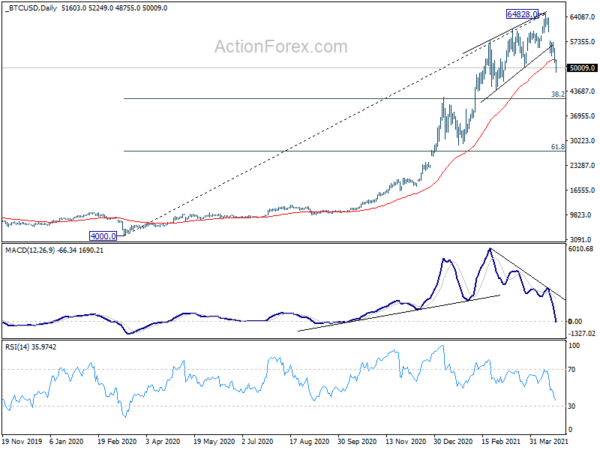
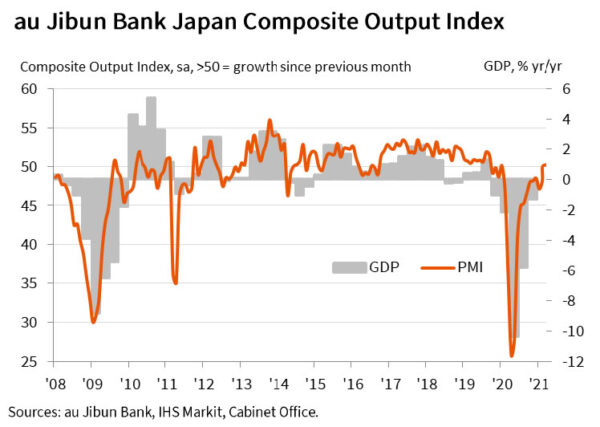

Germany upgrades 2021 GDP forecasts to 3.5% despite current serious infection situation
German government upgraded 2021 GDP growth forecasts to 3.5%, up from prior projection of 3.0%. GDP growth is expected to remain strong at 3.6% in 2022. On the whole, the economy would reach its pre-pandemic level next year at the latest.
Economy Minister Peter Altmaier said “today’s spring projection is an encouragement despite the currently serious infection situation.” He added that most pandemic restrictions should be lifted in the course of summer.